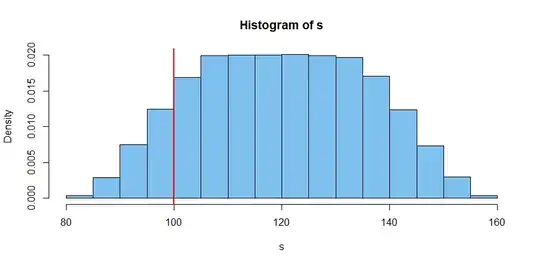I am working on the breast cancer dataset in Weka where the class variable is the target of classification. I ran the nearest neighbour classifier (lazy/IBk) with Euclidean distance with different values of k-nn for the k nearest neighbours, from 1 to 10 (with all the other features selected) and I got the following results:
Then I ran the same classifier with the same selected features but this time with Manhattan distance and with k from 1 to 10 and I got exactly the same result as before:
I wonder why the two result tables are literally the same?

